Table of Content
- Shrinking Space, Rising Costs in Mumbai’s Property Market
- Record-Breaking Deals Reflect Mumbai’s Real Estate Divide
- Studio Apartment Transactions Show Sharp Price Growth
- Why Studio Apartments Remain in Demand
- Limited Supply Keeps Compact Homes Expensive
- Case in Point: Abhishek Bachchan’s Borivali Apartment Purchase
- Developers’ Strategy: Balancing Luxury with Affordability
- The Broader Impact on Mumbai’s Real Estate Affordability
- What This Means for Homebuyers and Investors
- Conclusion
Mumbai’s property market has always symbolized aspiration but in 2025, it’s also become a mirror of shrinking space and rising costs. Once a decent entry budget for a compact 1BHK in the suburbs, ₹50–60 lakh today barely buys around 200 sq ft of carpet area in the city. This steep rise in Mumbai real estate prices shows how the dream of owning a home within city limits is getting smaller quite literally.
Shrinking Space, Rising Costs in Mumbai’s Property Market
In the last year alone, micro-apartment prices across Mumbai have surged to record levels. Studio units, often measuring between 150 and 250 sq ft, are now selling for the same rates that once fetched mid-sized homes in satellite towns. Real estate portals and brokers have recorded several transactions that illustrate how space is being traded at a premium unseen before.
This trend captures the widening divide in Mumbai real estate prices where ₹600 crore luxury deals in Worli coexist with ₹60 lakh studio flats in Dahisar. The city’s housing market has never been more polarized, yet demand remains steady across both ends.
Also Read: Registration for the E-Auction of DDA Plots from October 27
Record-Breaking Deals Reflect Mumbai’s Real Estate Divide
At one end, Mumbai has witnessed record-breaking luxury transactions from billionaire homes in South Mumbai to star-studded purchases in Bandra and Juhu. But at the other, even the outer suburbs are seeing studio homes selling at astonishing rates.
In areas like Dahisar, Borivali, and Kandivali, 1 RK and studio apartments are now fetching ₹25,000–₹30,000 per sq ft, a figure once reserved for central suburbs. The city’s housing market, driven by limited land and high aspiration, has created a dual economy one built on luxury towers, and the other on compact living.
Studio Apartment Transactions Show Sharp Price Growth
Recent market data underscores just how steep the climb has been.
- A 235 sq ft studio in Dahisar West sold for ₹62 lakh nearly ₹26,000 per sq ft.
- A 160 sq ft flat in Dadar fetched ₹49 lakh, translating to ₹30,000 per sq ft.
- A 259 sq ft apartment in Mumbai’s eastern suburbs changed hands for ₹68 lakh.
- And in Bandra West, a 270 sq ft unit was sold for ₹83 lakh.
These numbers aren’t isolated they reflect a consistent pattern across Mumbai’s compact housing market. Even as affordability declines, Mumbai real estate prices for studio apartments have reached historic highs, rivaling those of larger premium homes in Tier 1 cities.
Why Studio Apartments Remain in Demand
Despite sky-high per-square-foot rates, small apartments continue to attract strong buyer interest. The reason is simple location. For many young professionals, newly married couples, and first-time buyers, owning a studio apartment within city limits is preferable to renting a larger home farther away.
Studios offer independence, proximity to workplaces, and low maintenance costs. They are also popular among investors, given their consistent rental demand from singles and working couples. The combination of affordability (in absolute price terms) and convenience ensures that these micro-units remain in demand, even as prices climb.
Limited Supply Keeps Compact Homes Expensive
Another key reason Mumbai real estate prices are soaring in this segment is supply scarcity. According to property consultants, developers rarely design full-scale projects centered on studio apartments. Most compact homes are built only to meet affordable housing norms or approval requirements when converting industrial land for residential use.
In luxury towers, such units often function as extensions to larger apartments used as home offices, staff quarters, or personal studios. This restricted supply has turned small-format apartments into a niche asset class. The limited inventory, coupled with persistent demand, is keeping prices elevated across the micro-apartment segment.
Case in Point: Abhishek Bachchan’s Borivali Apartment Purchase
Even celebrities are taking notice of this trend. In 2024, actor Abhishek Bachchan purchased six apartments in Borivali worth over ₹16 crore, two of which were studio units of around 252 sq ft each. His investment reflects not only the appreciation potential of such compact spaces but also the increasing recognition of micro-apartments as valuable urban assets.
When prominent investors and public figures diversify into small-format units, it signals growing confidence in their long-term performance and resale potential.
Developers’ Strategy: Balancing Luxury with Affordability
Developers are also adapting their project mix to balance premium offerings with affordability. When industrial or commercial land parcels are converted for residential use, developers are required to include affordable housing units, often taking the form of 1 RK or studio apartments.
While these smaller units make up only a fraction of total inventory, they help projects qualify under certain regulatory norms and broaden buyer interest. The outcome is a steady though limited pipeline of compact homes that cater to a price-sensitive segment without diluting project profitability.
The Broader Impact on Mumbai’s Real Estate Affordability
The surge in Mumbai real estate prices has widened the city’s affordability gap. A budget of ₹50–60 lakh, once sufficient for a family starter home in areas like Kandivali or Mira Road, now fetches only 200 sq ft in many micro-apartment projects. Rising land acquisition costs, redevelopment delays, and increasing construction expenses have all pushed up average per-square-foot rates.
Income growth has not kept pace, forcing many homebuyers to either downsize expectations or relocate to outer suburbs and peripheral towns such as Navi Mumbai, Vasai, or Thane.
Also Read: DDA Towering Heights: Delhi’s Tallest Tower Under DDA Housing Scheme 2025
What This Means for Homebuyers and Investors
For homebuyers, micro-apartments offer a way to own a piece of Mumbai, even if that piece is modest in size. For investors, these units provide consistent rental yields, given strong demand from working professionals and migrants who prefer staying close to business hubs and metro lines.
Compact homes also see faster liquidity during resale, as they appeal to a wider audience seeking affordable city ownership. With limited new supply expected, Mumbai real estate prices in this category are likely to remain firm through 2026.
Conclusion
The 2025 property market underscores Mumbai’s paradox sky-high luxury and shrinking affordability coexisting within the same skyline. The city continues to command unmatched real estate value, where location consistently outweighs size.
While ₹50–60 lakh homes remain available, their square footage continues to shrink. As compact living becomes the new normal, Mumbai real estate prices reflect not just the cost of property but the cost of staying connected to India’s most dynamic urban economy.

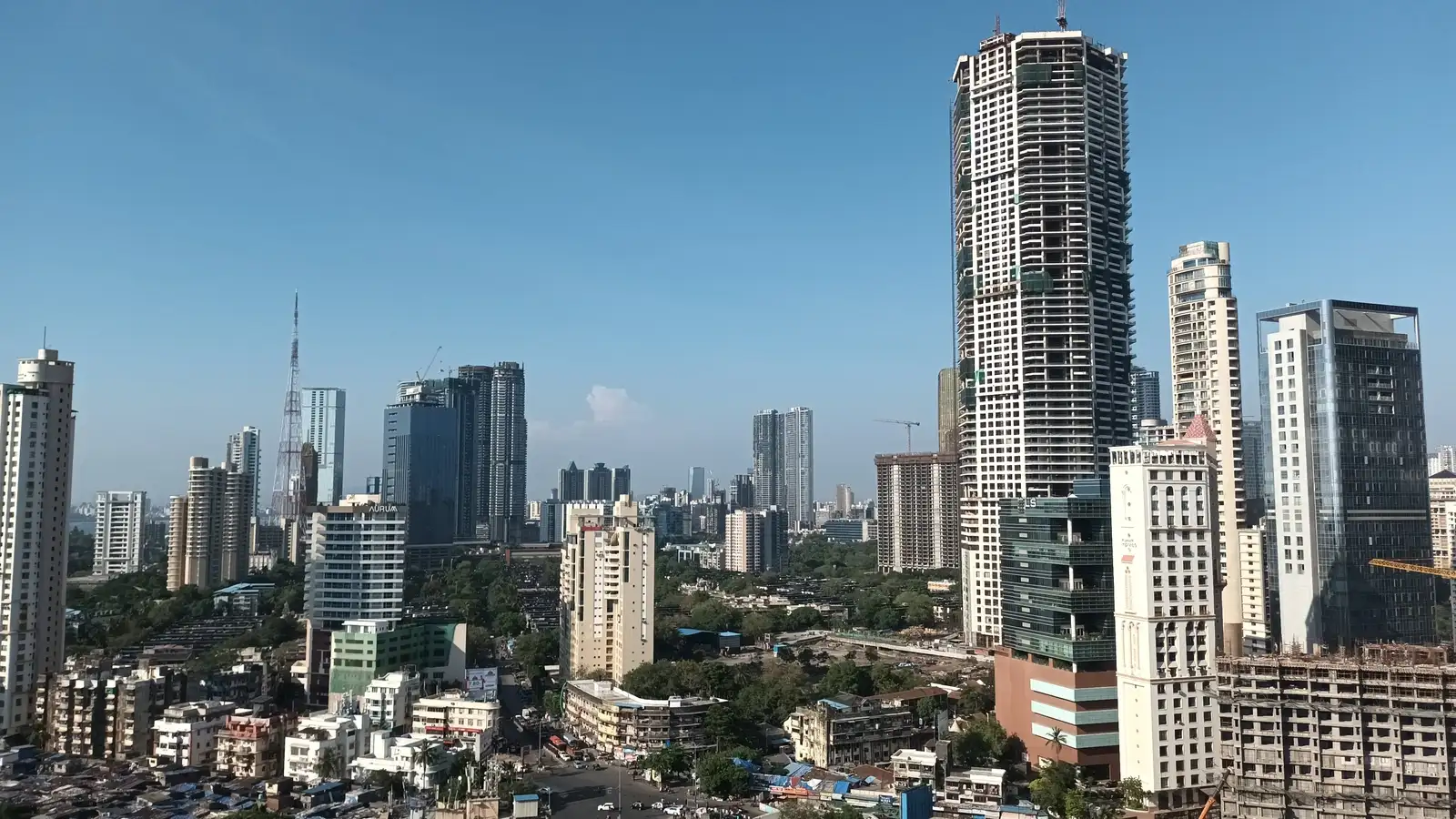
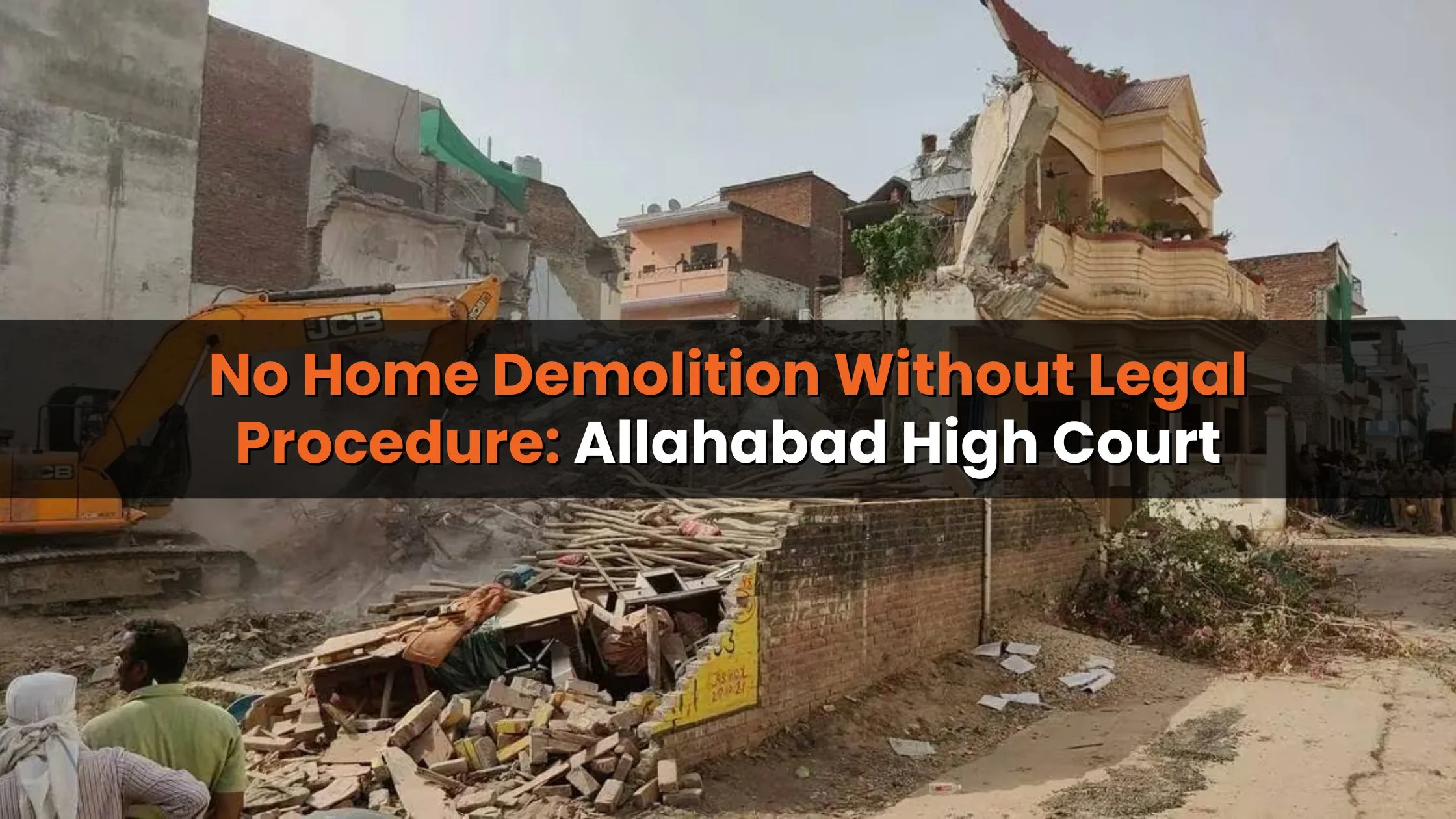
_1765186459.webp)
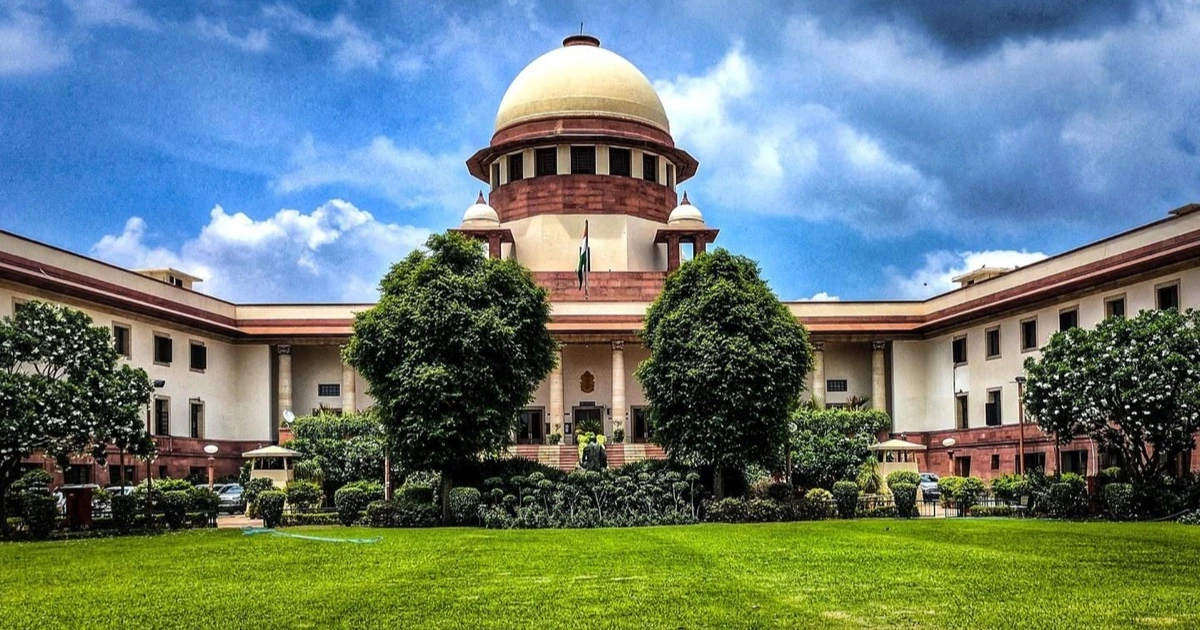
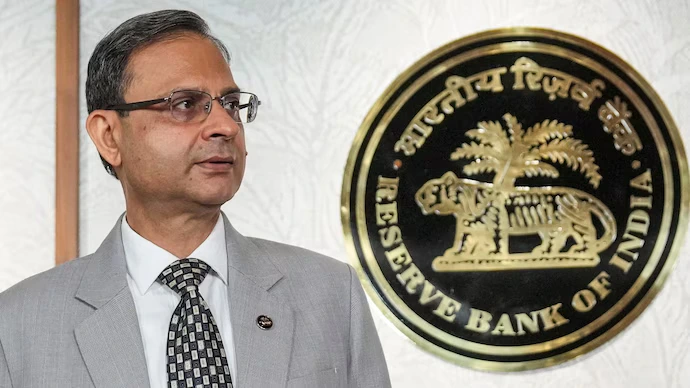

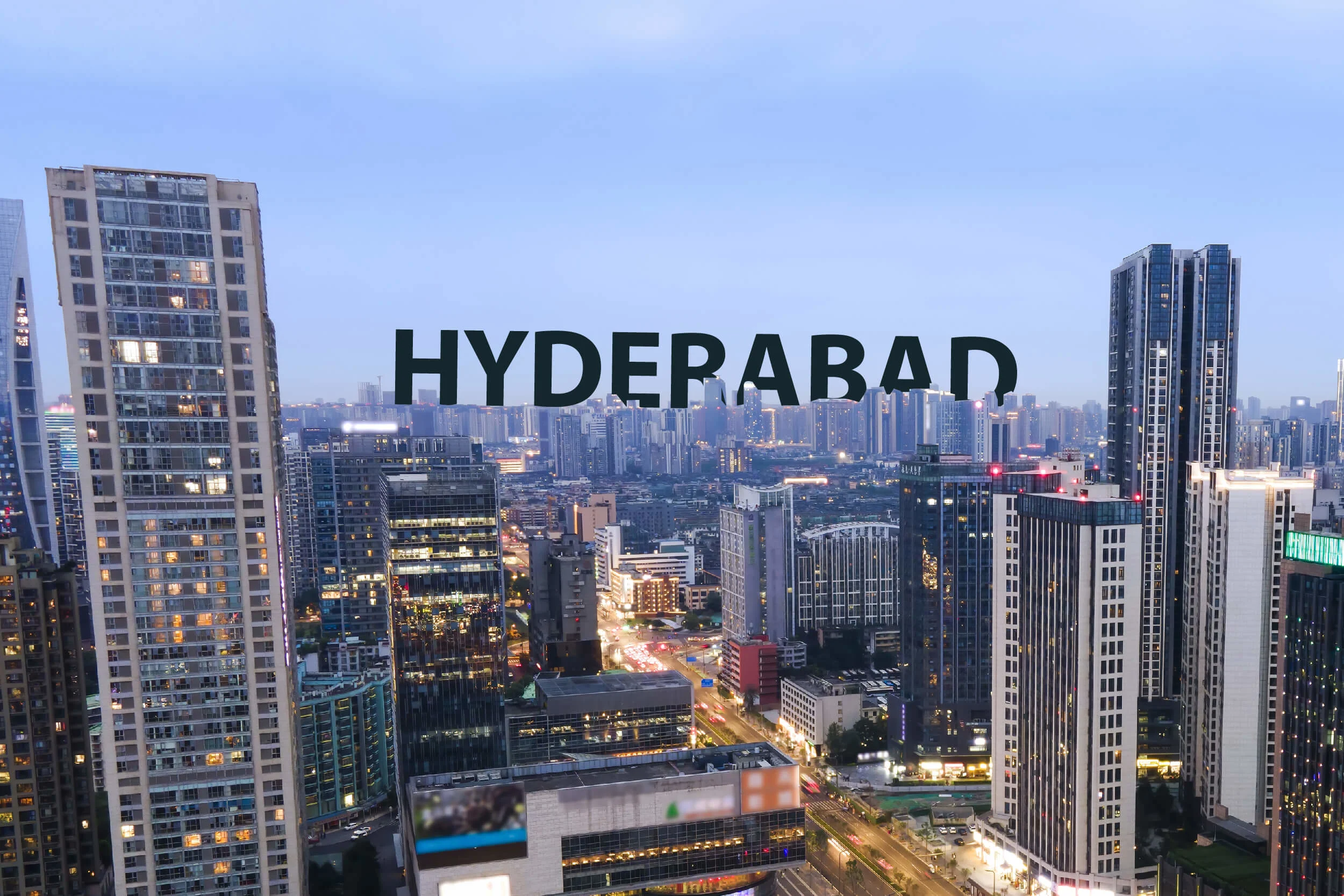
Ans 1. Mumbai faces a combination of limited land availability, high demand, and rising construction costs. This has pushed property rates up, especially for compact and centrally located homes, making even small units expensive.
Ans 2. In 2025, ₹50–60 lakh generally buys around 200 sq ft of carpet area, particularly for studio or 1 RK apartments in suburbs like Dahisar, Borivali, or Kandivali.
Ans 3. Studio apartments offer proximity to workplaces, independence, low maintenance, and consistent rental demand. They remain appealing to young professionals, first-time buyers, and investors seeking high rental yields.
Ans 4. Suburbs like Dahisar, Borivali, Kandivali, and Dadar are witnessing studio apartments priced between ₹25,000–₹30,000 per sq ft. Central suburbs and locations like Bandra West see even higher rates.
Ans 5. Yes. Notable examples include Abhishek Bachchan, who purchased multiple small-format apartments in Borivali, reflecting the growing recognition of micro-apartments as valuable assets.
Ans 6. Most developers prioritize larger units or luxury projects. Studio apartments are often included to meet affordable housing regulations, making their supply limited. Limited inventory coupled with high demand keeps prices elevated.
Ans 7. First-time buyers with budgets of ₹50–60 lakh may need to compromise on space, opting for studio or 1 RK units, or consider relocating to outer suburbs like Navi Mumbai, Thane, or Vasai for larger homes.
Ans 8. Yes. Due to strong rental demand, limited supply, and fast resale potential, studio apartments can provide stable returns and liquidity, making them attractive to investors.
Ans 9. The affordability gap is widening. Families with moderate budgets can now buy only tiny spaces within city limits, while rising land and construction costs push them to outer suburbs for larger homes.
Ans 10. Given the persistent demand, limited supply, and prime location advantages, prices for small-format apartments are expected to remain firm at least through 2026.